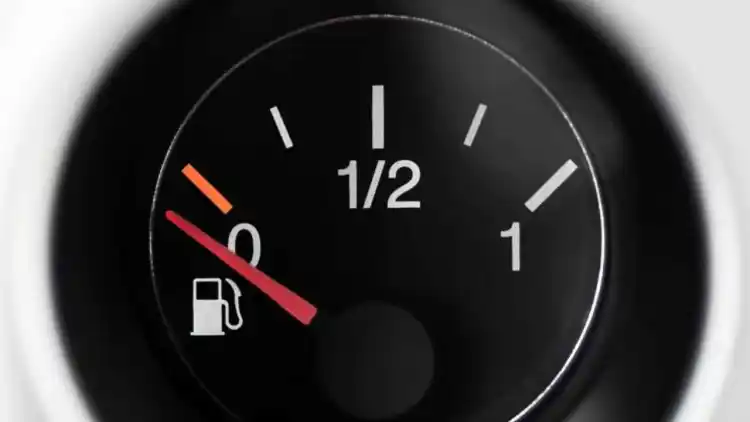- What Every Owner Needs to Know
- Maximizing Your Elantra's Fuel Efficiency
- Comparing Model Years (2012-2016)
- Real-World Driving Scenarios
- FAQ
Are you keeping track of every vital detail of your ride? The 2014 Hyundai ElantraUAE Hyundai ElantraKSA Hyundai ElantraEgypt Hyundai ElantraOman Hyundai ElantraQatar Hyundai ElantraBahrain Hyundai ElantraKuwait Hyundai Elantra holds some key numbers that can transform your driving experience. Dive into this guide to learn about fuel tankUAE TankKSA TankKuwait TankQatar TankOman TankBahrain TankEgypt Tank capacity, fuel economy, and useful maintenance tips.

What Every Owner Needs to Know
The Essential Numbers
Understanding your vehicle’s fuel tank capacity is crucial. The 2014 HyundaiUAE HyundaiBahrain HyundaiEgypt HyundaiKSA HyundaiKuwait HyundaiOman HyundaiQatar Hyundai Elantra comes with a fuel tank capacity of 14 gallons (53 liters). This number is not just a figure—it plays a direct role in your driving range and fuel consumption. Here’s a quick look at some essential specifications:
Specification | Measurement |
|---|---|
Fuel Tank Size | 14 gallons |
City MPG | 28 |
Highway MPG | 38 |
Combined Range | Approximately 392-532 miles |
These numbers mean that with proper driving habits and regular maintenance, you could expect a solid driving range without frequent stops at the pump. Embracing practices that enhance fuel efficiency and reduce gas mileage worries will benefit your everyday commute.
Why Fuel Efficiency Matters
For any Elantra owner, keeping an eye on MPG and fuel economy directly impacts your cost of ownership. Optimizing fuel efficiency not only cuts down on refueling stops but also saves money in the long run. Practicing steady acceleration and regular maintenance can enhance your vehicle’s performance, letting you enjoy a better driving range on each full tank.
Maximizing Your Elantra's Fuel Efficiency
Smart Refueling Practices
To help you get the most out of your fuel tank capacity, keep these tips in mind:
Refuel promptly:Don’t wait for your fuel gauge to hit empty. Stopping at the first pump click prevents damage to your fuel system and keeps consumption steady.
Monitor your mileage:Use your trip odometer to track fuel efficiency and make sure you’re getting the expected MPG.
Choose optimal refuel times:In areas like the UAE, early morning refuels can be beneficial as fuel density and ambient conditions may favor better combustion.
Maintenance Checklist for Optimal Performance
A well-maintained Elantra performs better and stays efficient. Follow this simple checklist:
Check and replace air filters every 15,000 miles to maintain clear airflow.
Maintain tire pressure at around 35 PSI; adjusting for UAE or similar climates is crucial.
Use the manufacturer’s recommended 5W-20 engine oil and schedule regular maintenance.
Keep an eye on your fuel system, checking the fuel tank cap and lines for leaks or wear.

Comparing Model Years (2012-2016)
Exploring how different model years stack up can give you perspective on improvements made over time:
Model Year | Fuel Tank Capacity | Key Improvement |
|---|---|---|
2012 | 14.5 gallons | Slightly larger trunk space |
2014 | 14 gallons | Enhanced suspension and handling |
2016 | 14 gallons | Integration of advanced infotainment |
This comparison informs you that while the 2014 model offers solid performance, slight changes in other model years highlight improvements that might affect your driving experience.
Real-World Driving Scenarios
Consider a busy driver in Dubai or Abu Dhabi:If you drive an average of 50 km daily, the 14-gallon capacity could translate to a refueling schedule every 18-20 days. Maintaining steady speeds, using cruise control, and monitoring your MPG are key to stretching that fuel further. Budget-wise, expect around 320 AED/SAR per month on fuel costs when driving under optimal conditions. Such information can help you plan your monthly expenses and adjust your driving habits for better fuel consumption.

FAQ
1. How does my driving style affect fuel consumption for the 2014 Hyundai Elantra?
Your driving style plays a huge role in fuel efficiency. Aggressive acceleration and frequent braking can lower your MPG significantly, while smooth, steady driving enhances fuel economy. Keeping a moderate speed, avoiding rapid acceleration, and planning your trips efficiently can lead to notable savings in gas mileage. Over time, these habits will ensure you make the most of your 14-gallon fuel tank capacity.
2. What practical refueling tips can help me maximize my driving range?
Smart refueling goes beyond simply filling up the tank. Try to refuel as soon as your gauge indicates nearing half-tank levels, and always use the pump that you trust—especially in extreme weather conditions. Keeping track of your average MPG and refueling at the best times of the day can improve your overall fuel efficiency. These tips contribute directly to a reliable and extended driving range.
3. Are there specific maintenance practices I should follow to ensure optimal fuel efficiency on my Elantra?
Absolutely. Besides regular oil and air filter changes, checking your tire pressure regularly is essential. In hot climates like the UAE, tire pressure can fluctuate, affecting your MPG. Also, verify that your fuel system—especially the fuel tank cap—is in good condition, which helps maintain fuel economy. These small maintenance steps ultimately protect your engine and deliver a smoother, more efficient ride.
4. How can I compare my 2014 model with other years in terms of fuel efficiency and performance?
While the 2014 Hyundai Elantra offers a balanced fuel tank capacity and performance, slight variations exist across model years. For instance, the 2012 model features a marginally larger tank, whereas the 2016 model integrates newer technologies like enhanced infotainment systems without compromising capacity. Assessing these differences in real-world scenarios helps you choose the model that best suits your needs for fuel economy and comfort.
This article is for informational purposes only; please refer to the latest local laws and regulations for precise guidelines.
Read More:
2025 Nissan Xterra Transmission Guide:Maintenance Tips & Upgrades
Honda Accord Air Filter Guide:Maintenance & Replacement Tips
2025 Honda Civic Engine Oil Guide:Optimal Performance Tips
2 / 33













